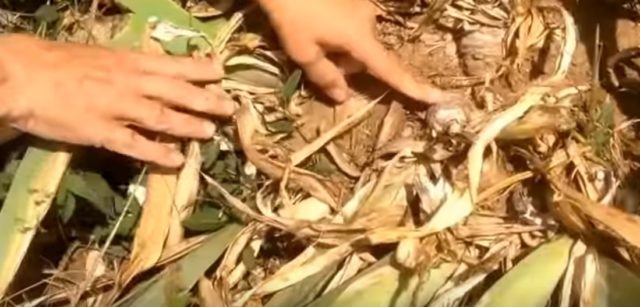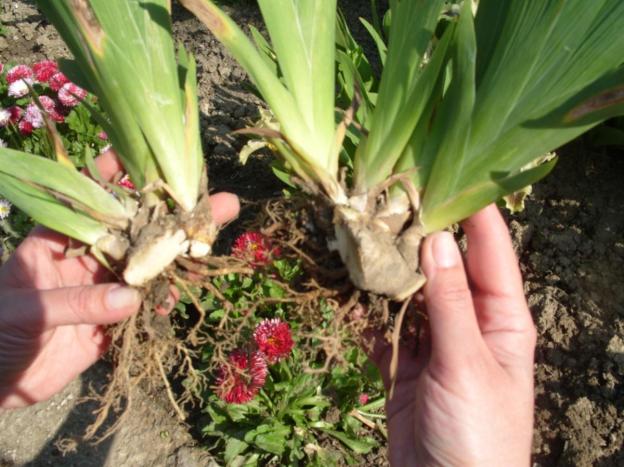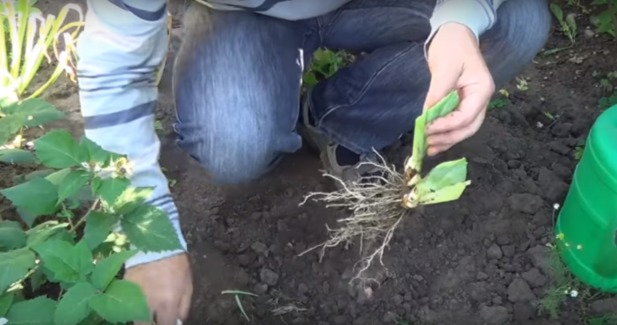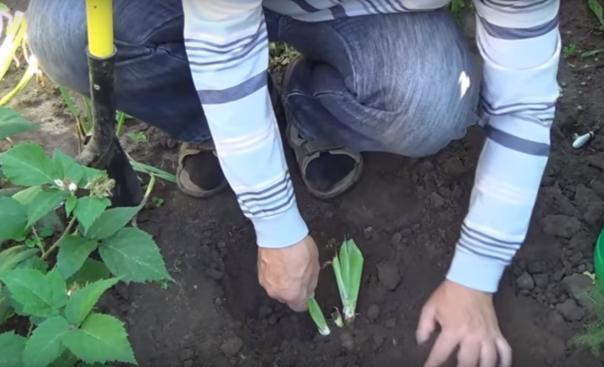Content
You can transplant irises to another place at the beginning of the growing season or in summer. The event is necessary for a full-fledged growing season, therefore, it is included in the conditions of agricultural technology. Regardless of the variety, leaving the crop on one site for more than four years is unprofitable. The transplant involves dividing the bush. This will help not only multiply, but also rejuvenate the plant.
Why you need to plant and transplant irises
How much iris will be on the site, so much it will grow the root. In late autumn, the green mass dies off, all axillary replacement buds formed during the growing season enter the resting phase until spring. At the beginning of the season, a root up to 15 cm long grows from each.
In one area, irises bloom fully for no more than four years, then they must be transplanted to another place. During this period, the root system grows so much that the links appear above the surface, a dense weave in the form of a coma remains in the soil, which absorbs most of the nutrients and prevents the development of new branches.

In the center of the bush, old rhizomes die off, a void forms in the form of a nest - this is the first sign that the culture needs to be transplanted
The soil is depleted, the aboveground part develops slowly, the iris lags behind in growth, budding becomes weak, then the plant stops blooming.
If irises are not planted in time on another site, they lose not only decorative effect, but also the ability to resist infection. The bush begins to ache, every year the leaves and peduncles become smaller, they are underdeveloped, the plant simply degenerates.
If it was not possible to transplant the irises to another place in the spring, this event can be carried out at any stage of the growing season, except for the flowering period. The divided bush quickly takes root and begins to intensively grow the root and green mass.
When can I transplant irises to a new location?
Irises can be transplanted elsewhere in the spring or summer. At the beginning of the season, the timing is dictated by the weather, in the middle of the growing season - the duration of the flowering of the variety. The need to transplant a plant to another site is determined by the state of the aboveground mass and age. The best time for transplanting is three or four years of age of the iris. At this time, it grows so much that it is ready for division and quickly takes root in another place.
When irises are transplanted in spring
Transplanting the plant in early spring is the best breeding option. A new bush can give several stems and bloom, if the event is carried out on time and correctly. It is best to replant the irises when the leaves are just starting to form. In southern climates, if weather conditions permit, it is advisable to be in time before the start of the growing season.
A frost-resistant plant starts growing in early spring, when the daytime temperature reaches +8 0C and higher. At this time, the earth warmed up enough to transplant the culture. Taking into account the fact that each region has its own climate, they are guided by these parameters.

When the first shoots appear, you can start work
The approximate dates for transplanting iris in the Middle Lane are the end of April, in the South - in March or early April.In Siberia or the Urals, it is possible to transfer a plant to another place 7-10 days later than in the Central regions.
When to replant irises in summer
Each variety of irises has its own flowering period, usually June-July. Cycle times also vary, making it difficult to define a clear time frame. If in the spring irises begin to be transplanted as soon as the weather permits, then the summer period can be oriented towards the end of flowering. As soon as the last petals on the flowers have withered, they begin to transfer.
How to transplant irises correctly
To identify the iris in another area, it is completely removed from the soil, the root is examined, if the fragments are in doubt, they are removed. Then the planting material is prepared:
- The root is completely freed from the earthy coma.
- Cut into pieces so that there are 2-3 leaf rosettes in each area.
- Treat with any disinfectant solution.
- Sections are covered with crushed activated charcoal or charcoal.
- Leave in the sun to dry for 2 days.

Each plot must have a root
How to plant irises correctly
It is advisable to choose another place that is not very different from the previous one: sunny, closed from the wind and without stagnant groundwater. The plot allocated for the plots is dug up, organic fertilizers are applied. A nutrient mixture is prepared from peat and sod soil, potassium is added. The culture grows on neutral or slightly acidic soils, the composition is adjusted if necessary.
You can transplant irises to another place in summer or spring as follows:
- Leaves and peduncles are cut off at an angle (close to the root).
- A planting recess is made taking into account the height of the root and the thickness of the layer of the nutrient mixture. Vegetation buds should remain at ground level.
- Part of the prepared substrate is poured onto the bottom of the pit.
- They put a seedling with a slight slope, distribute the root system, it should not intertwine.
Sprinkle with soil, leave the upper part of the root on the surface
- The soil around the iris is compacted, they do it carefully so as not to damage the buds, water it.
If it turned out to be transplanted in the summer, immediately cover with mulch. This event may not be held in the spring.
Follow-up care
Transplanting a plant to another place is the first and not the most difficult stage of the work. Without proper agricultural technology, iris may not bloom next year. The main task is for the bushes to take root faster.
Culture care consists in carrying out the following activities:
- After planting in another place, the iris is watered abundantly. The procedure is carried out regularly in order to prevent the earthen coma from drying out, but also not to fill it up so that there is water.
- After spring work, the plant is fed with nitrogen fertilizers so that it better forms the aboveground part. A week after placement, phosphate agents are added to another place, contributing to better root development.
- Periodically loosen the soil and remove the weeds.
- If you had to transplant irises in the spring, then in late autumn the leaves are cut off. In the summer, pruning of iris is carried out while dividing the bush.
In case of abnormal frosts, the young plant is covered with spruce branches, and a small snowdrift is made on top.
Conclusion
You can transplant irises to another place in the spring, when the aboveground mass begins to form. It is necessary to carry out the work as early as possible, then the plant will more easily endure stress and bloom at the right time. You can transplant the plant to another location in the summer, after flowering. Before frost, irises will take root and winter calmly.










